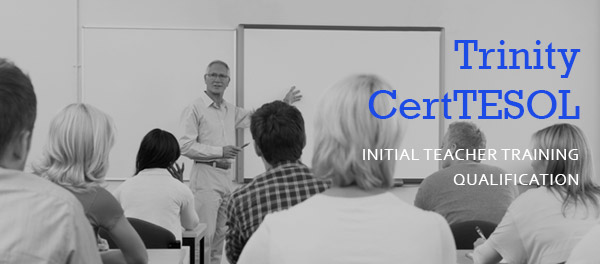
- By: Tom Garside
- In: Teaching Skills
As language educators, what we do in the classroom can sometimes feel quite ephemeral. The ideas we deal with, the language our students use, the words and meanings we analyse, all of these are abstract and intangible.
So how can we get a grip on whether our work is getting results for our students?
For this, we need evidence that what we do is working (or not). An evidence-based approach is essential for teachers of all levels of experience. Without it, we cannot be sure that our learners are getting anything from our classes at all.
What is evidence of learning?
The easiest way to answer this question is to say what is not evidence that anyone understands what they are learning, and that is any response given to the frustratingly common question ‘do you understand?’.

‘Do you understand?’ is possibly the most pointless thing for a language teacher to ask a student. This non-question has only one answer: Yes (or rather, errrm…yes?).
There are several good reasons why this is so. Firstly, no student wants to be made to look like a fool by admitting that they don’t understand something that they are supposed to understand. So ‘yes’ is the default answer to save face.
Secondly, a student may well think that they understand, so give you the ‘yes’ quite honestly, despite the fact that they have completely misunderstood what you were teaching.
Without evidence of understanding, you cannot say which, if either, of these situations, is happening in front of you, or if the student really does understand you perfectly.
So what is evidence of understanding? The firmest proof that a student really understands the various aspects of meaning, pronunciation, structure and usage of a piece of language that you are teaching, is to get them to use it.
Initially, after first meeting the point you are teaching, we have to assume that a student has only a very partial understanding of the form. For this reason, we need to facilitate a situation where the learner is making a conscious choice between the form you are teaching and a similar form (perhaps a near-meaning, or similar piece of grammar), forcing the student to differentiate between the two in a task.
Restricted practice tasks such as fill-the-gap, matching the words and meanings, or completing sentences, do this job well.
Evidence through the application of new language

Restricted practice tasks may give evidence of understanding, but evidence of acquisition, the depth of understanding that brings new language into the working knowledge of the learner’s speaking or writing, only comes with free use of the new forms in the learner’s own sentences and ideas.
The best (in fact the only) evidence that someone has understood something is to ask them to do it.
This is why driving tests involve sitting in a car and driving rather than just answering questions about cars and engines).
Ask students to produce language in extended speaking or writing activities which go beyond single sentences, and you will gain evidence of how they process new forms within their existing language, and whether they have a full enough competence with the forms to be flexible and spontaneous with them.
How do I know good evidence when I hear it?
A good teacher should be a good listener, as most of the evidence of learning comes in the form of student talk.

Listen to what students say and how they say it when they are speaking with each other in extended tasks. Don’t just listen for the words or structures you have taught, though, listen for the different ways in which the students adapt them to their own ideas.
If you teach the past continuous through the sentence/situation ‘he was driving to the cinema’, listen for how much students add or change that language for themselves.
Can they fluently change the person from ‘he’ to ‘they’ or ‘I’?
Do they linger on the ‘was/were’ auxiliary, or does it get reduced for ease and fluidity of pronunciation?
Are there noticeable gaps between the different words in the students’ past continuous sentences, showing increased processing time (and therefore difficulty with forming the new language)?
Do they turn the form into a question?
The more of these variations you hear towards the end of the lesson, as compared to the beginning of the lesson when the language was less familiar to the learners, the more evidence you have that learning has taken place.
Conclusion:
In summary, be aware that evidence of learning is not restricted to test results and exam scores; by the time the end-of-term exam rolls around, it is too late to fix any gaps in learners’ language.
The best and most useful evidence of learning comes at us every minute in the classroom, from the language used by students in our classrooms. If not enough evidence is coming out, or if you simply don’t know how much learning is going on in your classroom, you probably need to get your students using what you teach more, and listening to them when they do.
Also Read:
Please Share:This article was originally published on September 2, 2019 and was last updated on January 28, 2020.
Courses We Offer:

1. CertTESOL: Certificate in TESOL
A level 5, initial teacher training qualification for new and experienced teachers, enabling you to teach English anywhere in the world. The course is equivalent to Cambridge CELTA.
Learn More
Developed by our Trinity CertTESOL experts, for a comprehensive, self-paced learning experience. Earn an internationally recognized certificate and master essential teaching skills, accessible globally 24/7.
Learn More